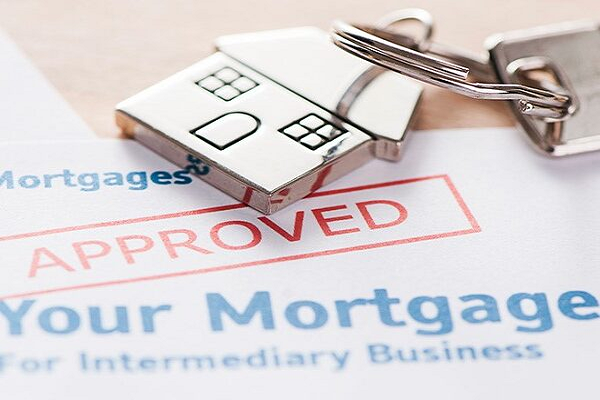What Are the Alternatives to Fixed-Rate Mortgages?

Skyrocketing interest rates are making once-affordable fixed-rate mortgages increasingly less attractive. FCA figures suggest that around 75% of all UK mortgage payers take out fixed-rate deals, but this is likely to change as base rates head ever higher.
“For a long period of time, the dilemma in mortgage advice hasn’t been whether to fix a rate but for how long to fix it,” said mortgage and protection adviser at Prosperity Wealth Ltd., Tom Woodall.
“Now, we face a period where fixed rates have dramatically increased due to a variety of factors, and, as such, other types of mortgages need to be considered for clients looking either to purchase a property or remortgage.”
In which case, what are the alternatives available to fixed-rate mortgages?
Tracker and discounted mortgages
With a tracker mortgage, the rate of interest payable tracks the Bank of England base rate, only slightly higher. Meanwhile, a discounted mortgage works similarly, but the rate charged is a percentage point lower than the lender’s standard SVR.
Both of these options carry risks but can be highly advantageous due to the advantages they bring.
“Although most lenders have repriced their variable rate mortgages, clients are acknowledging that SVRs and the base rate would have to increase fairly starkly to meet the current fixed rates on the market,” commented Woodall.
“With tracker rate mortgages, generally there are no early repayment charges,” added Woodall.
“This has led to the emergence of the ‘switch to fix’ mentality across the market… utilising a tracker product with lower monthly costs and no early repayment charges while the Bank of England rate is closely monitored. As a contingency, the plan is to switch to a fixed rate if the Bank of England rate spirals and pushes monthly payments beyond budget.”
Capped mortgages
This is a similar product to a standard variable rate mortgage, though it includes a ‘cap’ beyond which the interest rate cannot go. Capped mortgages were popular 20 or so years ago but largely disappeared from the High Street as fixed-rate mortgages became increasingly affordable.
The obvious benefit of a capped mortgage is the peace of mind that comes with knowing your interest rate will never exceed a predetermined cap. Tracking down a good-capped mortgage on the High Street today can be difficult, but we may see more such products (or close approximations thereof) appearing as demand grows.
Offset mortgages
With an offset mortgage, you use your savings to offset some balance left on your mortgage, reducing the amount of interest you pay. You transfer your savings into an account linked to your mortgage, and the total value of your mortgage is technically reduced by this amount.
With an offset mortgage, you can still access your savings in the normal way, but you do not earn any interest on them. This, therefore, needs to be considered alongside potential interest savings, but a decent chunk of money used to offset a mortgage can lead to a major reduction in interest payments.
That said, even just a few thousand pounds to offset a mortgage can make a huge difference.
Green mortgages
Green mortgages are often exclusive to those who purchase energy-efficient homes or plan to make their own homes more environmentally friendly. A lower interest rate or cash-back offer is provided as an incentive, typically making a green mortgage more affordable than a conventional mortgage.
But as the costs of green homes (and conducting energy-efficient home improvements) may exceed the financial capabilities of many buyers, green mortgages are not always a viable option for mainstream borrowers.
